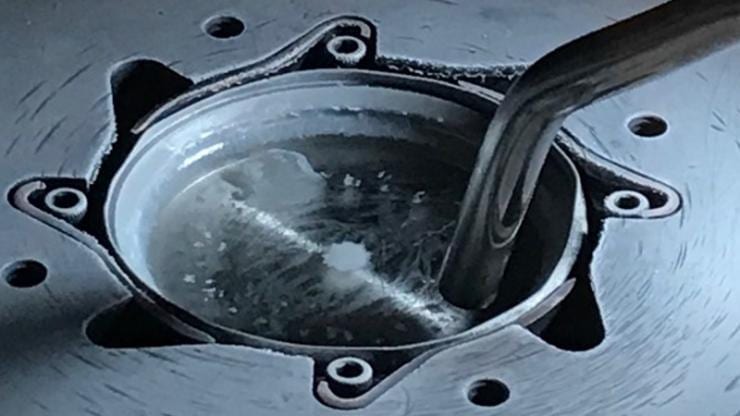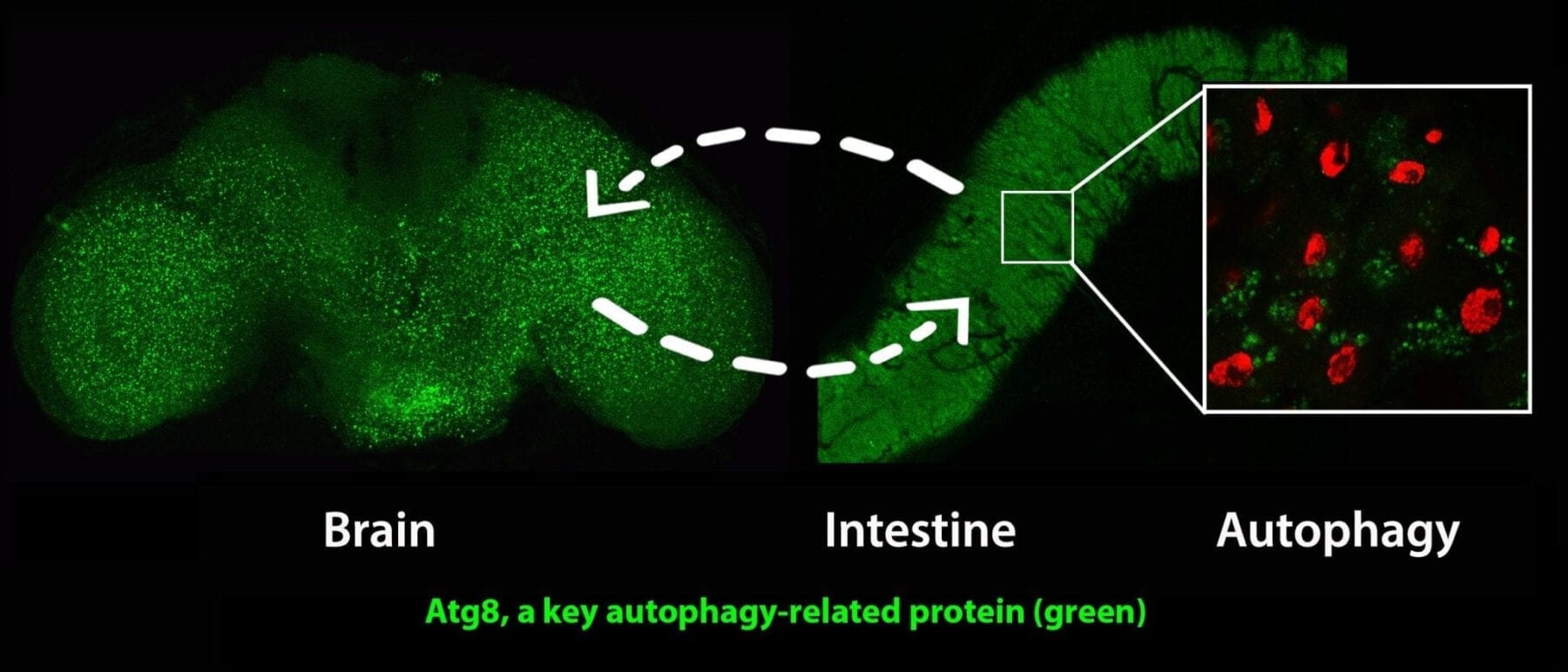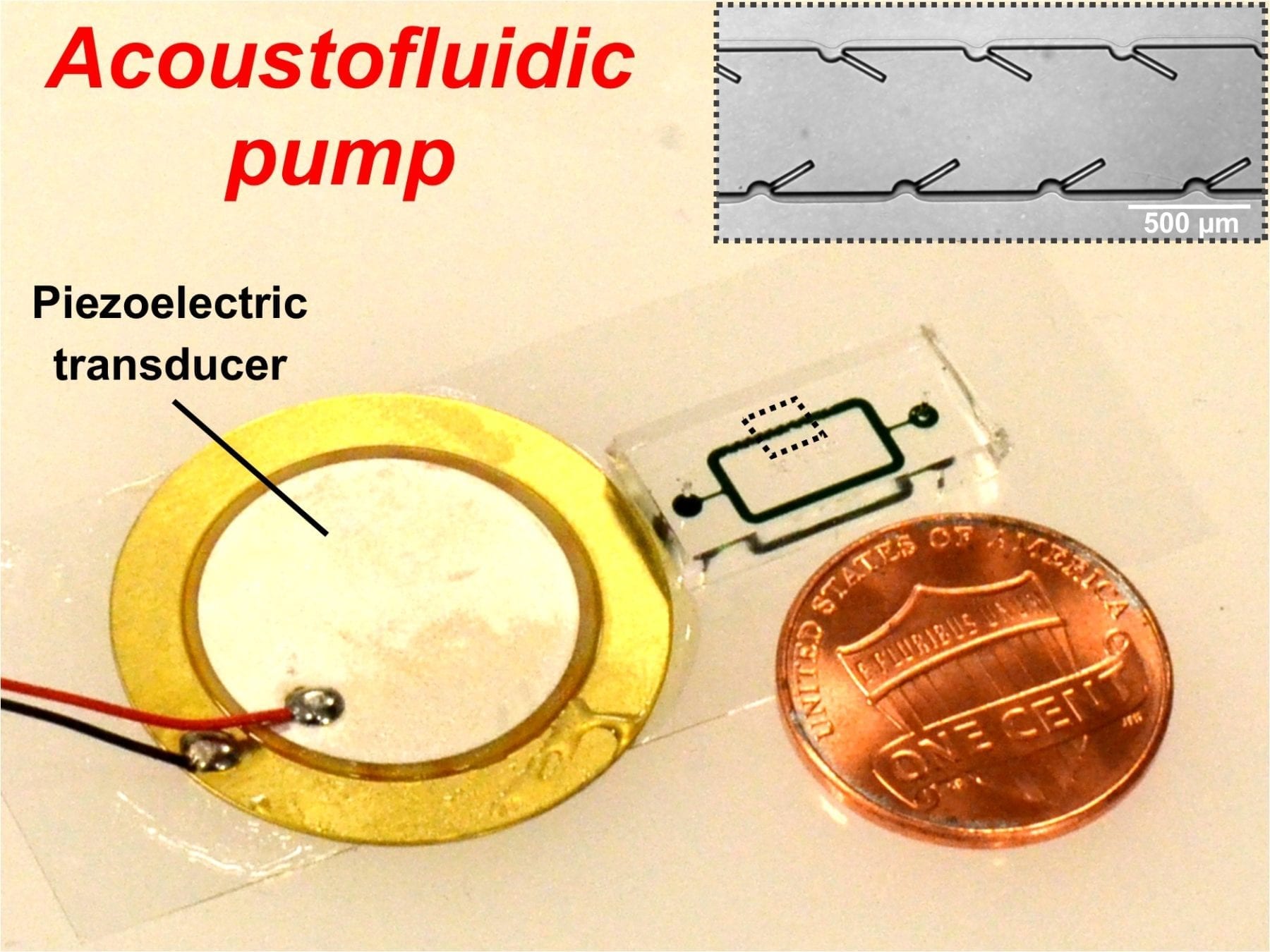
For tiny fractions of a second, quartz glass can take on metallic properties, when it is illuminated be a laser pulse. This has been shown by calculations at the Vienna University of Technology. The effect could be used to build logical switches which are much faster than today’s microelectronics.
Quartz glass does not conduct electric current, it is a typical example of an insulator. With ultra-short laser pulses, however, the electronic properties of glass can be fundamentally changed within femtoseconds (1 fs = 10^-15 seconds). If the laser pulse is strong enough, the electrons in the material can move freely. For a brief moment, the quartz glass behaves like metal. It becomes opaque and conducts electricity. This change of material properties happens so quickly that it can be used for ultra-fast light based electronics. Scientists at the Vienna University of Technology (TU Wien) have now managed to explain this effect using large-scale computer simulations.
Watching Small Things on Ultra-Fast Time Scales
In recent years, ultra-short laser pulses of only a few femtoseconds have been used to investigate quantum effects in atoms or molecules. Now they can also be used to change material properties. In an experiment (at the Max-Planck Institute in Garching, Germany) electric current has been measured in quartz glass, while it was illuminated by a laser pulse. After the pulse, the material almost immediately returns to its previous state. Georg Wachter, Christoph Lemell and Professor Joachim Burgdörfer (TU Wien) have now managed to explain this peculiar effect, in collaboration with researchers from the Tsukuba University in Japan.
Quantum mechanically, an electron can occupy different states in a solid material. It can be tightly bound to one particular atom or it can occupy a state of higher energy in which it can move between atoms. This is similar to the behaviour of a little ball on a dented surface: when it has little energy, it remains in one of the dents. If the ball is kicked hard enough, it can move around freely.
“The laser pulse is an extremely strong electric field, which has the power to dramatically change the electronic states in the quartz”, says Georg Wachter. “The pulse can not only transfer energy to the electrons, it completely distorts the whole structure of possible electron states in the material.”
That way, an electron which used to be bound to an oxygen atom in the quartz glass can suddenly change over to another atom and behave almost like a free electron in a metal. Once the laser pulse has separated electrons from the atoms, the electric field of the pulse can drive the electrons in one direction, so that electric current starts to flow. Extremely strong laser pulses can cause a current that persists for a while, even after the pulse has faded out.
The Latest on: Light based electronics
[google_news title=”” keyword=”Light based electronics” num_posts=”10″ blurb_length=”0″ show_thumb=”left”]
via Google News
The Latest on: Light based electronics
- The real reason so many laptops have moved to soldered RAMon April 27, 2024 at 8:00 am
There are some glaring downsides to using soldered RAM. Laptop manufacturers can get away with them, because hey, for many users it just doesn’t matter. However, for those who care, the laptop market ...
- 7 Stocks I'm Buying The First Week Of Mayon April 27, 2024 at 5:29 am
Read here to learn more about the impact of trade barriers, economic headwinds, and the trade war on the global economy, as well as dividend growth stocks.
- What 8 Analyst Ratings Have To Say About Visteonon April 26, 2024 at 9:01 am
The following table summarizes their recent ratings, shedding light ... cockpit electronics products to customers, including digital instrument clusters, domain controllers with integrated advanced ...
- The 14 Best Smartphone Accessories for Making Better TikTok Videoson April 25, 2024 at 11:53 pm
From portable lighting, to mini microphones and tripods, these tech accessories will instantly help boost your TikTok video quality from your phone ...
- A novel universal light-based technique to control valley polarization in bulk materialson April 24, 2024 at 9:52 am
Electrons inside solid materials can only take certain values of energy. The allowed energy ranges are called "bands," and the space between them, the forbidden energies, is known as "band gaps." Both ...
- Opening up the potential of thin-film electronics for flexible chip designon April 23, 2024 at 5:00 pm
The mass production of conventional silicon chips relies on a successful business model with large 'semiconductor fabrication plants' or 'foundries'. New research by shows that this 'foundry' model ...
- Aerogel-based phase change materials improve thermal management, reduce microwave emissions in electronic deviceson April 23, 2024 at 9:25 am
Electronic devices are getting more and more complex as they are built to carry out an ever-increasing number of functions. This can be seen in the increased functionality in our personal devices such ...
- Study: Far-UVC light eliminates airborne virus in an occupied roomon April 22, 2024 at 3:02 am
Unlike conventional germicidal UVC light — which kills viruses and bacteria but can only typically be used in unoccupied rooms because direct exposure to it can potentially harm skin and eyes — ...
- Light-Based Computing Enhances Future Smart Camerason April 16, 2024 at 10:17 pm
The research makes significant advancements in AI and visual computing and also introduces practical applications, such as enhanced smartphone camera capabilities ...
- Advance in light-based computing shows capabilities for future smart camerason April 15, 2024 at 7:11 am
Researchers developing the next generation of computing technology aim to bring some light to the field—literally. Optical computing, which relies on particles of light called photons, is expected to ...
via Bing News










